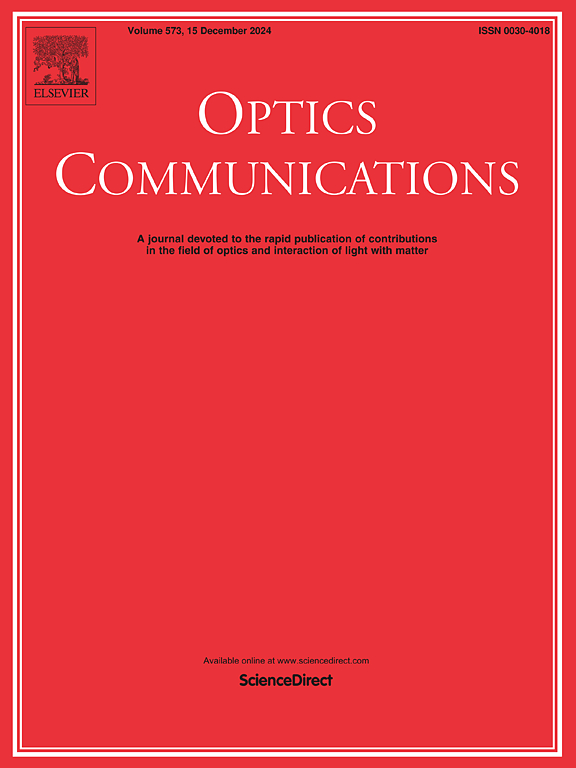Hybrid FSO/RF satellite-air-ground integration network for reliable ITS communication in desert environments
IF 2.2
3区 物理与天体物理
Q2 OPTICS
引用次数: 0
Abstract
This paper presents a comprehensive study on hybrid Free Space Optical (FSO) and Radio Frequency (RF) communication systems within Space–Air–Ground Integrated Networks (SAGIN) to support Intelligent Transportation Systems (ITS). The proposed system leverages dual-hop communication between a satellite, High Altitude Platform Station (HAPS), and ground station, utilizing both FSO and RF links to ensure high data transmission rates under diverse environmental conditions. This study analyzes the effects of sandstorm attenuation, atmospheric turbulence, and path loss in desert environments during summer and winter. The performance of the hybrid FSO/RF system is evaluated through key metrics, including outage probability (OP) and received signal strength, under various scenarios that account for fading and shadowing. The results offer valuable insights into the system’s robustness, adaptability, and the critical role of HAPS in enhancing communication reliability. This work highlights the potential of HAPS in supporting 5G and future 6G networks, particularly for ITS applications in harsh and unpredictable environments.
沙漠环境下可靠ITS通信的混合FSO/RF星-空-地一体化网络
本文介绍了一种用于支持智能交通系统(ITS)的空-空-地综合网络(SAGIN)中的自由空间光(FSO)和射频(RF)混合通信系统的综合研究。该系统利用卫星、高空平台站(HAPS)和地面站之间的双跳通信,利用FSO和RF链路确保在不同环境条件下的高数据传输速率。本文分析了夏季和冬季沙漠环境中沙尘暴衰减、大气湍流和路径损失的影响。FSO/RF混合系统的性能通过关键指标进行评估,包括中断概率(OP)和接收信号强度,在考虑衰落和阴影的各种情况下。结果为系统的鲁棒性、适应性以及HAPS在提高通信可靠性方面的关键作用提供了有价值的见解。这项工作突出了HAPS在支持5G和未来6G网络方面的潜力,特别是在恶劣和不可预测环境中的ITS应用方面。
本文章由计算机程序翻译,如有差异,请以英文原文为准。
求助全文
约1分钟内获得全文
求助全文
来源期刊

Optics Communications
物理-光学
CiteScore
5.10
自引率
8.30%
发文量
681
审稿时长
38 days
期刊介绍:
Optics Communications invites original and timely contributions containing new results in various fields of optics and photonics. The journal considers theoretical and experimental research in areas ranging from the fundamental properties of light to technological applications. Topics covered include classical and quantum optics, optical physics and light-matter interactions, lasers, imaging, guided-wave optics and optical information processing. Manuscripts should offer clear evidence of novelty and significance. Papers concentrating on mathematical and computational issues, with limited connection to optics, are not suitable for publication in the Journal. Similarly, small technical advances, or papers concerned only with engineering applications or issues of materials science fall outside the journal scope.
 求助内容:
求助内容: 应助结果提醒方式:
应助结果提醒方式:


